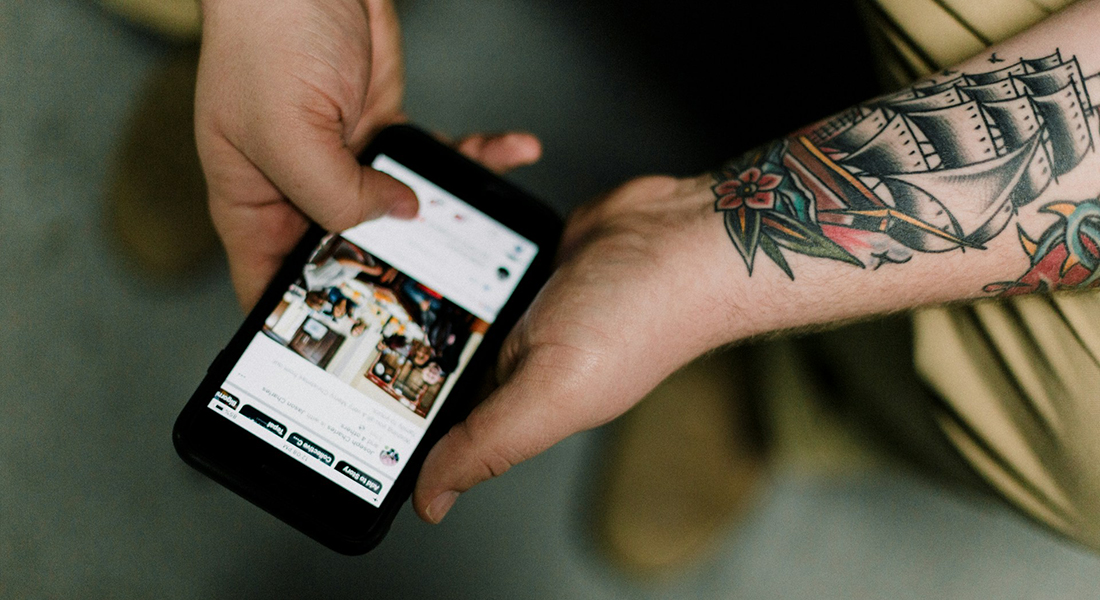Screen time: Passive and solitary use makes us most dissatisfied
What lies behind our dissatisfaction with our screen use – and why does the dissatisfaction rarely lead to action? A new Danish study sheds light on this.

We all know the feeling: having spent a little too much time on our phones, scrolling aimlessly and without purpose. But what exactly are we dissatisfied with when we talk about “too much screen time”? And why is it so difficult to do something about it?
A new research project from the University of Copenhagen has investigated precisely these questions – and the answers are both surprising and thought-provoking.
Screen time is not just screen time
The researchers behind the study asked over 9,500 Danes about their digital habits and their satisfaction with them.
Instead of talking about screen time as a single entity, they divided digital use into three categories: devices (such as smartphones and tablets), platforms (such as Facebook and Instagram), and activities (such as scrolling, chatting, or watching videos).
“Our results show that it is especially passive and solitary use of digital media that makes us dissatisfied. For example, when we scroll through social media without interacting, do quick status checks, or play games alone,” says Malene Hornstrup Jespersen, PhD at the SODAS research center.
The smartphone – the biggest culprit?
Among all digital devices, it is the smartphone itself as a physical object, rather than what we use it for, that is most strongly associated with the desire to spend less time online. But even though many people would like to use their phones less, that is not necessarily what they do in practice.
“The smartphone is always with us and is used for everything from work to entertainment and contact with others. This makes it difficult to cut back, even if we want to,” explains Kristoffer Albris, associate professor at SODAS and the Department of Anthropology.
Although many people are unhappy with their digital habits, only a small proportion take active steps to change them. The most common strategies are to turn off notifications or delete certain apps. Only a few seek outside help or participate in courses on digital disconnection.
“This shows that there is a gap between what we want to change and what we actually do. And perhaps it is not just a matter of willpower – but also of how our digital lives are woven into our everyday lives,” the study's third researcher, Helene Willadsen, points out.
The study suggests that we should talk about digital use in a more nuanced way.
“Not all screen time is problematic. But for many people, there is actually a desire for a better balance,” notes Malene Hornstrup Jespersen.
The study, entitled “Deconstructing screen time: The connections between digital use, dissatisfaction, and disconnection,” has been published in the journal Computers in Human Behavior Reports. You can read it here.
The study is part of the ERC funded project DISTRACT: The Political Economy of Distraction in Digitized Denmark.
Contact
Kristoffer Albris, Associate Professor
Department of Anthropology & SODAS
Email: kristoffer.albris@sodas.ku.dk
M: +45 26 20 23 77
Simon Knokgaard Halskov, press officer
UCPH Communication
Email: skha@adm.ku.dk
M: +45 93 56 53 29
